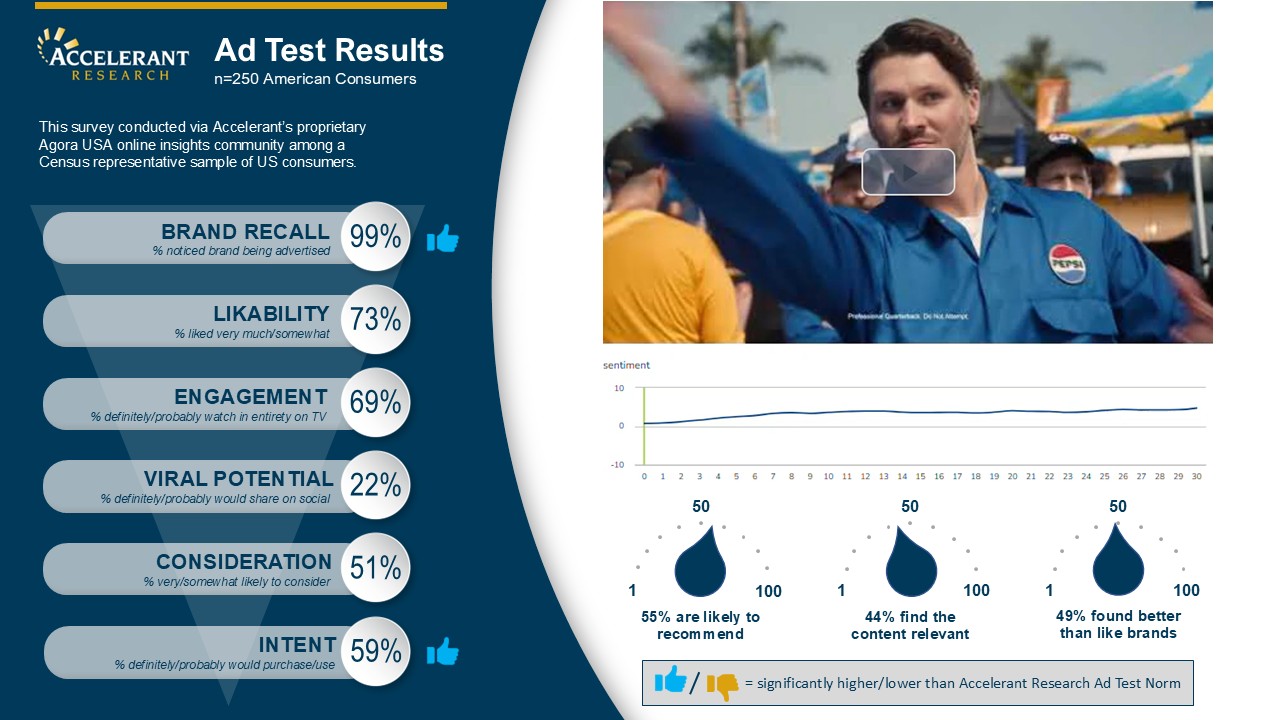The conversation around AI in retail has reached a fever pitch. Once a novelty, the AI-powered shopping assistant is now a strategic imperative. The promise is immense: a truly one-to-one shopping experience, where every customer is guided by a personal concierge that understands their needs, anticipates their wants, and makes the path from discovery to purchase seamless. It’s the digital embodiment of the perfect store associate.
But between this vision and today's reality lies a minefield of complex challenges in user experience, brand alignment, and technical execution. Simply launching a tool that can answer questions is no longer enough. The competitive bar is rising, and customer expectations—shaped by their daily interactions with sophisticated AI—are higher than ever.
At Accelerant Research, we are deeply embedded in this evolution. Through our partnerships with Fortune 50 leaders who are investing hundreds of millions into their AI ecosystems, and our own dedicated, self-funded research into Generative AI, we have gained a clear view of what separates the assistants that thrive from those that fail. It comes down to a rigorous, human-centered approach that confronts the hard truths of what customers actually want.
What We Know: The Battle-Tested Best Practices for AI Assistants
Through extensive research—including moderated user sessions with interactive prototypes for a top global retailer—we've codified a set of foundational best practices. These aren't theories; they are principles proven to drive adoption and satisfaction.
- Brand Before Bot: An assistant's personality cannot be an afterthought. Users are acutely aware of when a tool feels "bolted on." Our research shows that participants respond far more positively when the assistant’s design, tone of voice, and even iconography feel like a natural extension of the brand they already trust. It should feel like you're talking to the brand, not just a generic piece of software.
- Educate, Don't Assume: The most common point of failure is the initial interaction. We observed users staring at a new AI interface, confused about its purpose. They asked, "I'm not sure how I do that, I can't find it? What can I ask it?" Success hinges on proactive education. The assistant must immediately demonstrate its value. Instead of a blank slate, greet the user with dynamic examples like, "You can ask me to 'find a birthday gift for a 10-year-old under $50' or 'show me recipes for dinner and add the ingredients to my cart.'" Teach them the art of the possible.
- Bridge the Gap Between Old and New Habits: Shoppers are conditioned to use a search bar. Introducing an AI assistant as a replacement creates friction. Our studies revealed that users often defaulted to their old search habits, ignoring the more powerful AI tool. The solution isn't to force a new behavior but to build a bridge. The AI should be integrated in a way that enhances familiar workflows. For example, after a standard search, the assistant could proactively offer, "Want me to narrow these results by top-rated items with free shipping?" It should augment, not alienate.
- Master Conversational Repair: No AI is perfect. It will misunderstand queries. The difference between a good and a great assistant is how it handles failure. A poor assistant says, "I don't understand." A great one practices "conversational repair." It offers intelligent alternatives: "I couldn't find 'gloggle-free pasta,' did you mean gluten-free pasta? Or I can search for gourmet pasta." It confirms, clarifies, and guides the user back on track, building confidence rather than causing frustration.
- Build Trust Through Radical Transparency: When an AI assistant recommends a product, the user's first question is why. Is this the best product, or a sponsored one? Is it based on my history or just a popular item? Trust is non-negotiable. The assistant must explain its reasoning. Use clear labels like "Sponsored," "Based on your past purchases," or "Top-rated in this category." This transparency is the bedrock of a long-term, trusted relationship.
The Great Unknowns: The Next Frontier of AI Research
While the best practices above can build a solid foundation, the rapid evolution of Generative AI is pushing the boundaries and creating a new set of critical, unanswered questions. Getting these right is the next competitive advantage. At Accelerant, our self-funded research is focused on tackling these ambiguities.
The Personality Paradox: Empathetic vs. Efficient?
- Where is the line between a helpful personality and one that feels disingenuous or "creepy"? Should the assistant use empathetic language ("I understand that finding the right gift can be stressful...") or stick to hyper-efficient, transactional responses? Our early research suggests users are skeptical of overly emotional AI in a commercial context, but a purely robotic interaction can feel cold. Defining this "brand-appropriate" persona is a critical and delicate balancing act.
The Intervention Dilemma: Proactive vs. Pestering?
- When should an AI assistant interrupt a user's journey? A proactive suggestion ("I see you're looking at TVs. Do you want to compare the top 3 models by screen size?") could be incredibly helpful. But poorly timed, it can feel like an aggressive salesperson. What are the contextual triggers that make a proactive nudge welcome instead of intrusive? Is it dwell time on a page, comparison behavior, or something else entirely?
The Hallucination Hurdle: How to Manage AI's Creative Lies?
- Large Language Models are designed to be creative, which means they can "hallucinate"—confidently state false information. In retail, this is catastrophic. An assistant that invents a product feature, a return policy, or a discount code doesn't just fail; it actively destroys trust. How do we build guardrails that allow for helpful, generative responses while guaranteeing factual accuracy 100% of the time? This is as much an ethical and branding challenge as it is a technical one.
The Scope of Intelligence: Concierge vs. Clerk?
- What is the ultimate role of the assistant? Should it be a simple clerk, adept at finding products and checking stock? Or should it be a full-fledged concierge, capable of complex, multi-turn tasks like planning an entire vacation itinerary, building a weekly meal plan with recipes, and managing a budget? Expanding capabilities increases value but also exponentially increases the risk of failure. Defining and communicating these boundaries is essential for managing user expectations.
Partnering to Win the AI Race
Developing a truly effective AI shopping assistant is not a DEV project; it is a profound exercise in understanding human psychology and customer behavior. The insights required to navigate these challenges cannot be found in analytics dashboards alone. They come from rigorous, qualitative research that uncovers the why behind the what—the hesitations, the moments of delight, and the unspoken expectations of your customers.
Accelerant Research is the partner that brings this human-centric focus to the forefront of AI development. We work with the world’s most ambitious brands to ask the right questions, test the riskiest assumptions, and deliver the insights needed to build AI tools that don't just work, but win.
If you are building the future of retail, the time to get the human element right is now. Let's connect.







.png)



